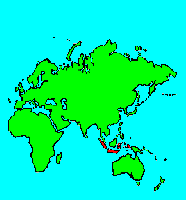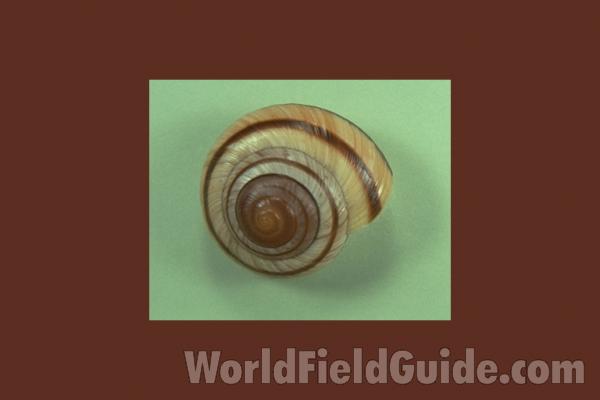SPECIES INFO
The Helicarionidae are a large tropical family of terrestrial snails found from Africa and SE Asia to Austalia and to the New World. There are over 150 different genera in this family group.
Pulmonata Order contains the land slugs, freshwater snails, and land snails.
Gastropods (Class Gastropoda) contain the snails, conchs, and similar snail-like animals. There are about 105,000 species of gastropods. This class is divided into several separate orders:
Sub Class Streptoneura - (57,000 species)
Order Diotocardia: - Two sets of organs
Order Monotocardia: - One set of organs
Sub Class Euthyneura - (48,000 species)
Order Cephalaspidea: - thin shells, etcetera
Order Nudibranchia: - sea slugs
Order Pulmonata: - snails and slugs
Mollusks (Phylum Mollusca) are a large and varied group of animals. Some species are found on land; others are found in freshwater; many are found in the oceans of the world. The most familiar mollusks have an external shell surrounding a soft body. Well-known examples of mollusks are snails and clams. The major classes are as follows:
Ablacophora: - - - Worm appearing
Polhyplacophora (Amphineura): - Chitons
Scaphopoda: - - - Tusk Shells
Gastropoda: - - - Gastropods
Bivalvia (Pelecypoda): - Clams, etcetera
Cephalopoda: - - - Octopus, Nautilus
Monoplacophora: - - - A recent discovery
Animal Kingdom contains numerous organisms that feed on other animals or plants. Included in the animal kingdom are the lower marine invertebrates such as sponges and corals, the jointed legged animals such as insects and spiders, and the backboned animals such as fish, amphibians, reptiles, birds, and mammals.


